Maintaining hydrangeas involves a combination of care practices to ensure healthy growth, abundant blooms, and an overall attractive appearance. Here’s a guide to hydrangea maintenance:
- Watering: Keep the soil consistently moist, especially during dry periods. Water deeply to encourage deep root growth. Avoid waterlogged conditions, as hydrangeas are susceptible to root rot. Mulching around the base helps retain soil moisture.
- Soil: Hydrangeas prefer well-draining soil rich in organic matter. Amend the soil with compost or well-rotted manure to improve fertility and structure. Soil pH can affect flower color in some varieties, so consider testing and adjusting it if desired.
- Fertilization: Feed hydrangeas with a balanced, slow-release fertilizer in early spring or late winter before new growth begins. Avoid excessive use of high-nitrogen fertilizers, as this can promote lush foliage at the expense of flowers.
- Pruning: Pruning requirements depend on the type of hydrangea:
- Bigleaf Hydrangeas (e.g., Hydrangea macrophylla): Prune after flowering, cutting back old wood to shape the plant and encourage new growth.
- Panicle and Smooth Hydrangeas (e.g., Hydrangea paniculata, Hydrangea arborescens): Prune in late winter or early spring before new growth emerges. Remove dead or weak stems to promote a healthier structure.
- Deadheading: Remove spent flowers to encourage continuous blooming. This is particularly important for varieties that bloom on new wood.
- Winter Protection: In colder climates, protect hydrangeas from harsh winter conditions by applying a layer of mulch around the base. Avoid heavy pruning in fall, as this can remove protective growth.
- Sunlight: Ensure hydrangeas receive the appropriate amount of sunlight based on the variety. Most hydrangeas prefer partial shade or filtered sunlight, especially in the afternoon.
- Pest Control: Keep an eye out for common pests such as aphids, scale insects, and spider mites. Treat infestations promptly with insecticidal soap or neem oil.
- Disease Prevention: Provide good air circulation by spacing plants properly and pruning when needed. Water at the base of the plant to keep foliage dry and reduce the risk of fungal diseases.
- Container Care: If growing hydrangeas in containers, use a well-draining potting mix, and ensure containers have drainage holes. Watering needs may be higher for container-grown hydrangeas, so monitor soil moisture regularly.
- Adjustments for Flower Color: For certain hydrangea varieties with pH-dependent flower color changes (e.g., blue or pink blooms), you can adjust soil pH using amendments such as aluminum sulfate for acidic conditions or lime for alkaline conditions.
By following these maintenance practices, you can enjoy healthy, vibrant hydrangeas in your garden. Tailor your care routine to the specific needs of the hydrangea variety you have, and you’ll be rewarded with beautiful blooms season after season.


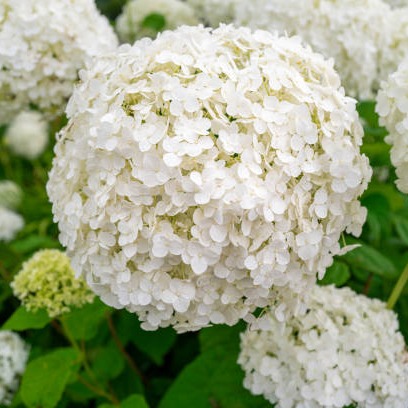

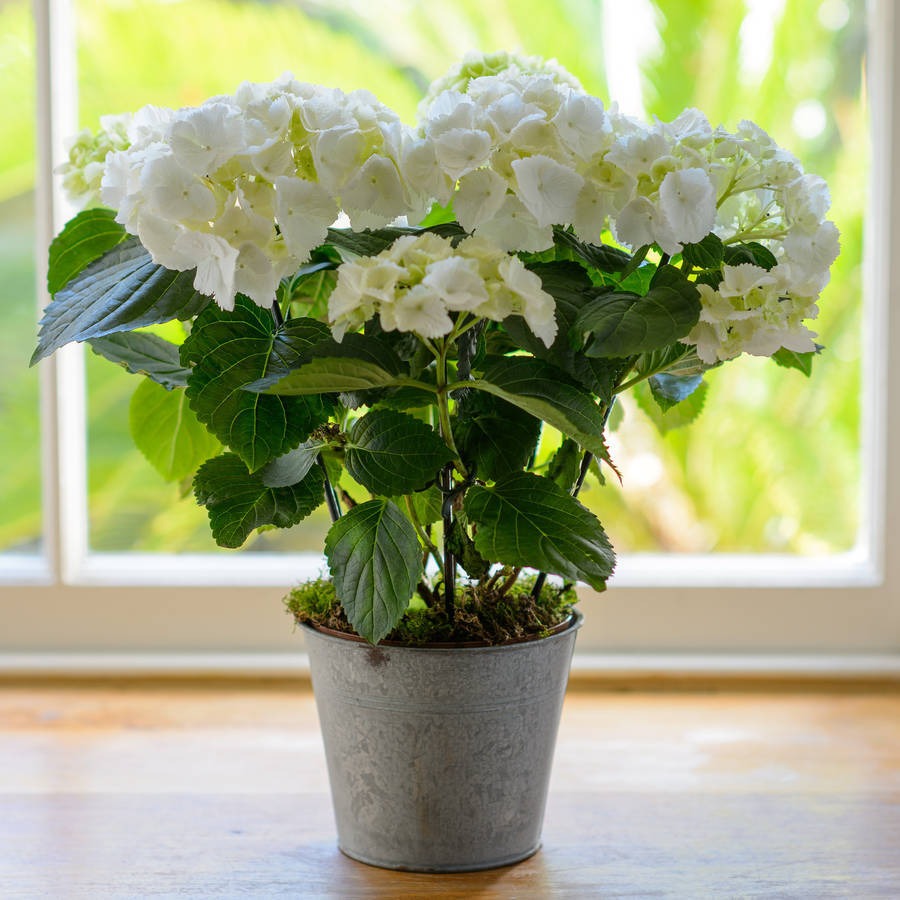




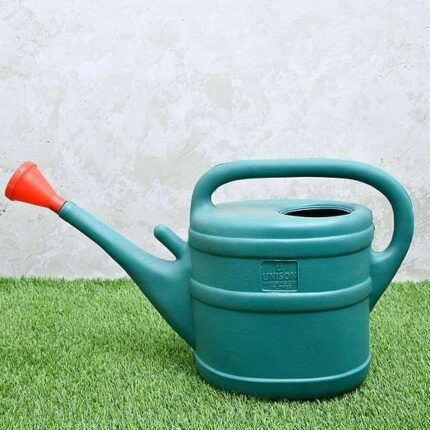
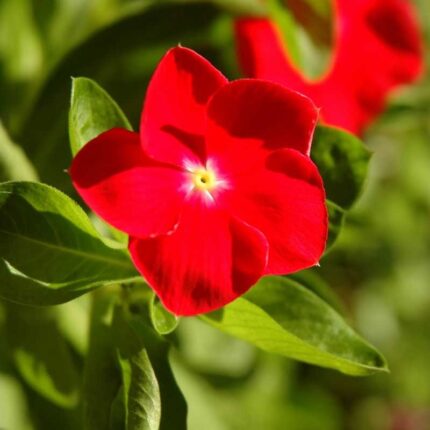


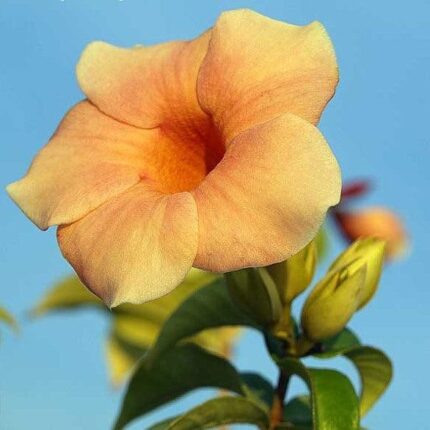

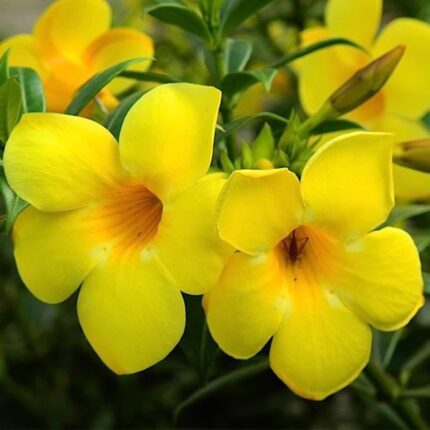

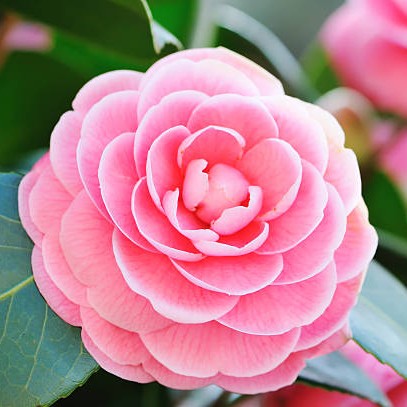
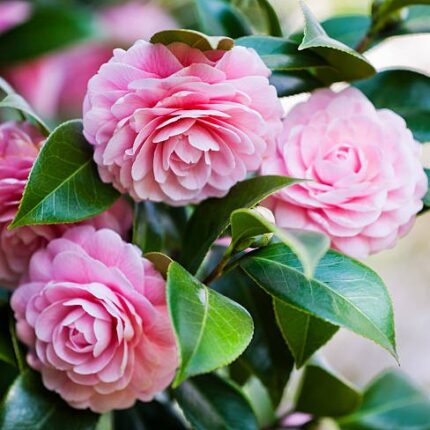
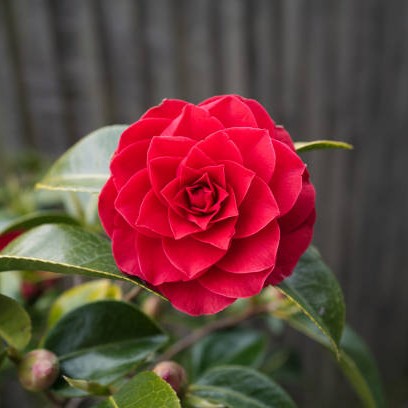


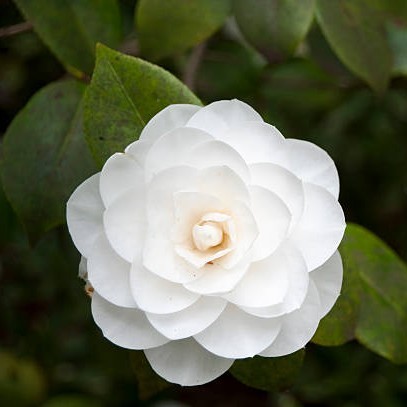

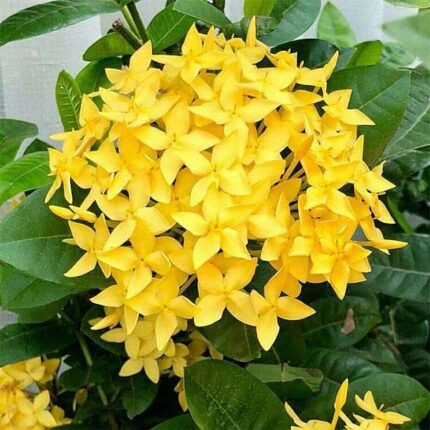

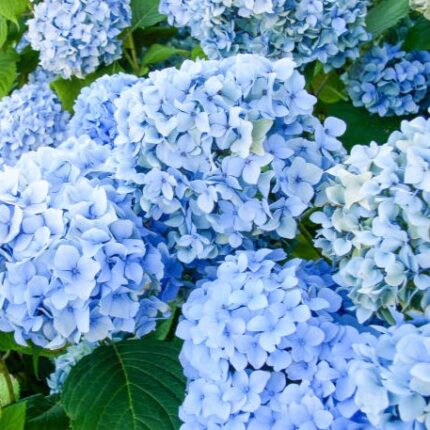
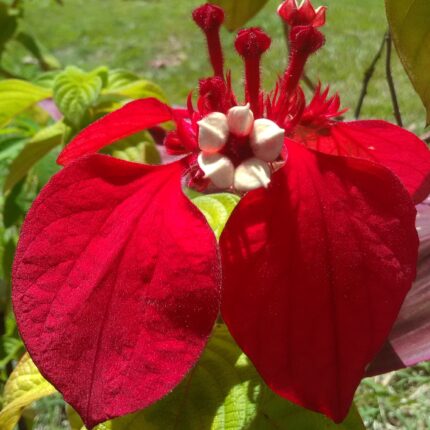
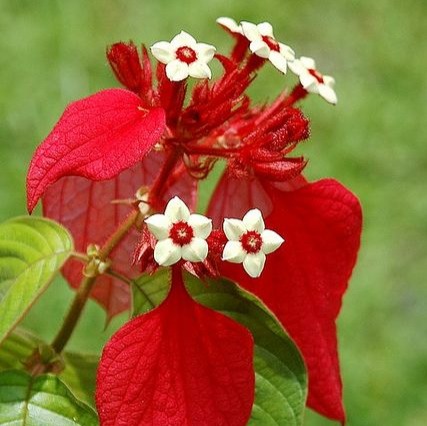
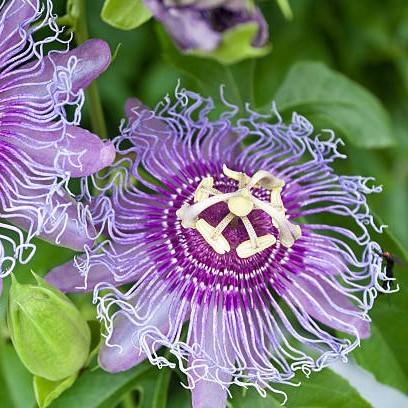
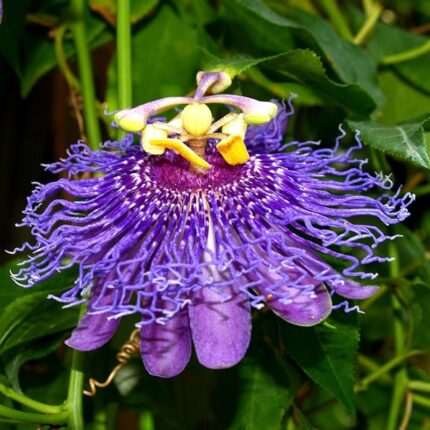
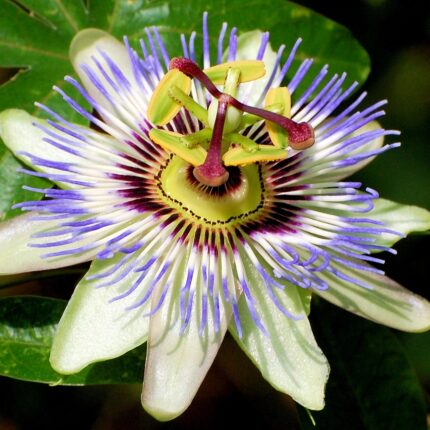
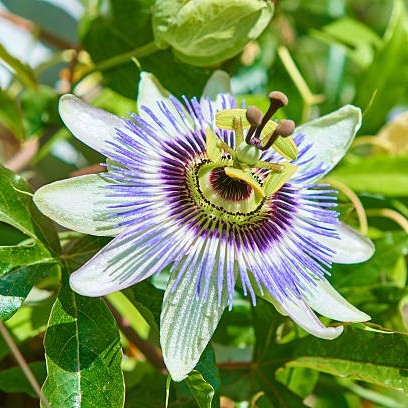
Aayush Bhatia –
Super healthy and green, highly recommend.
Aaina Cherian –
Super healthy and green, highly recommend.
Kimaya Aurora –
Value for money, plant was in great condition.
Anahi Sood –
Loved the plant, very healthy.
Vardaniya Ghosh –
Good quality, on-time delivery.
Aradhya Majumdar –
Good quality, on-time delivery.
Dhanuk Kadakia –
Super healthy and green, highly recommend.
Ishita Mangat –
Loved the plant, very healthy.
Arpan Nandi –
Great value for the price. The plant was lush, green, and clearly handled with care. The plant was packaged safely with care, using eco-friendly materials which I appreciated.
Riya Ghosh –
Absolutely loved the quality of the plant. It was vibrant, healthy, and looked even better than the pictures online. The plant was packaged safely with care, using eco-friendly materials which I appreciated.
Dipankar Lahiri –
Extremely happy with the plant’s condition and how well it was maintained during transport. The plant was packaged safely with care, using eco-friendly materials which I appreciated.